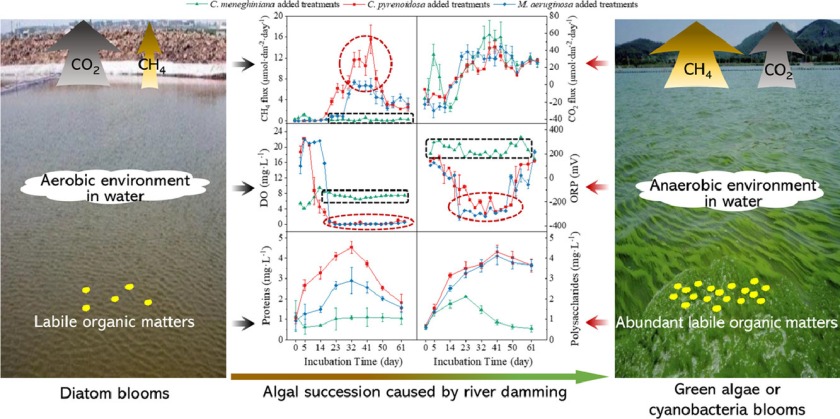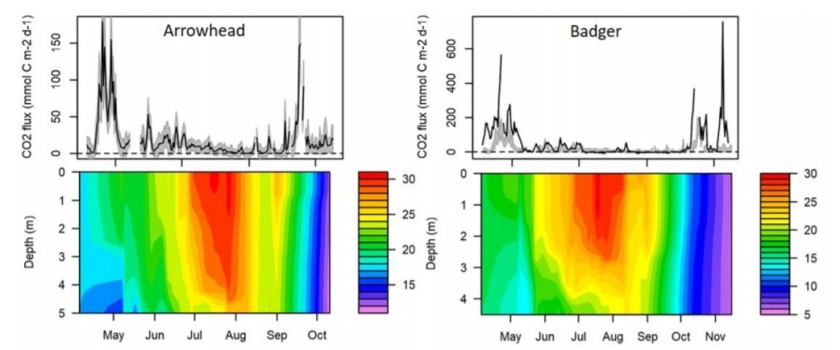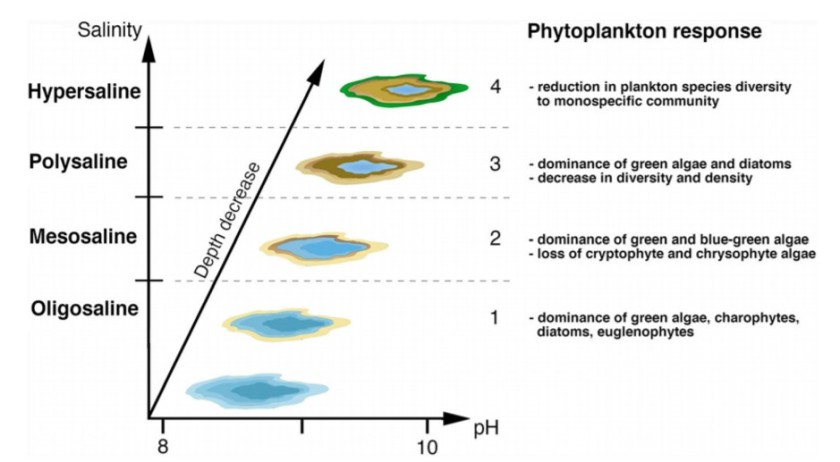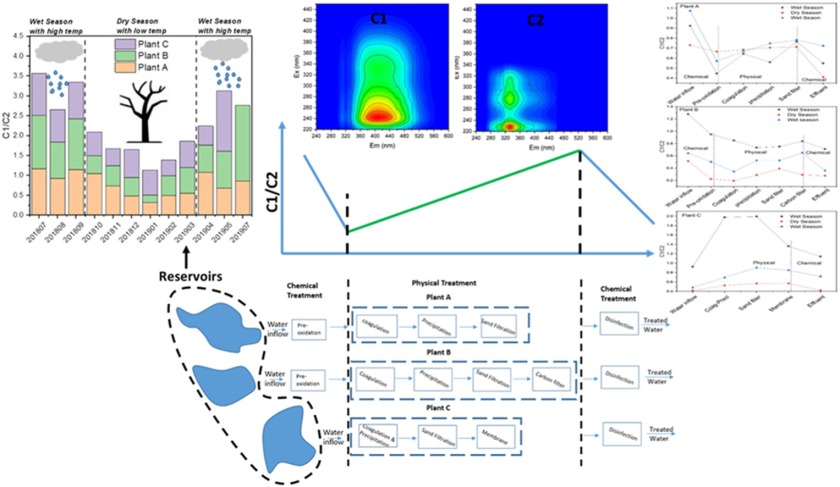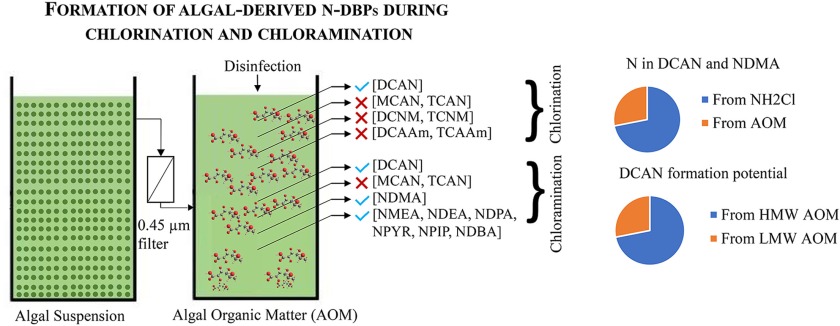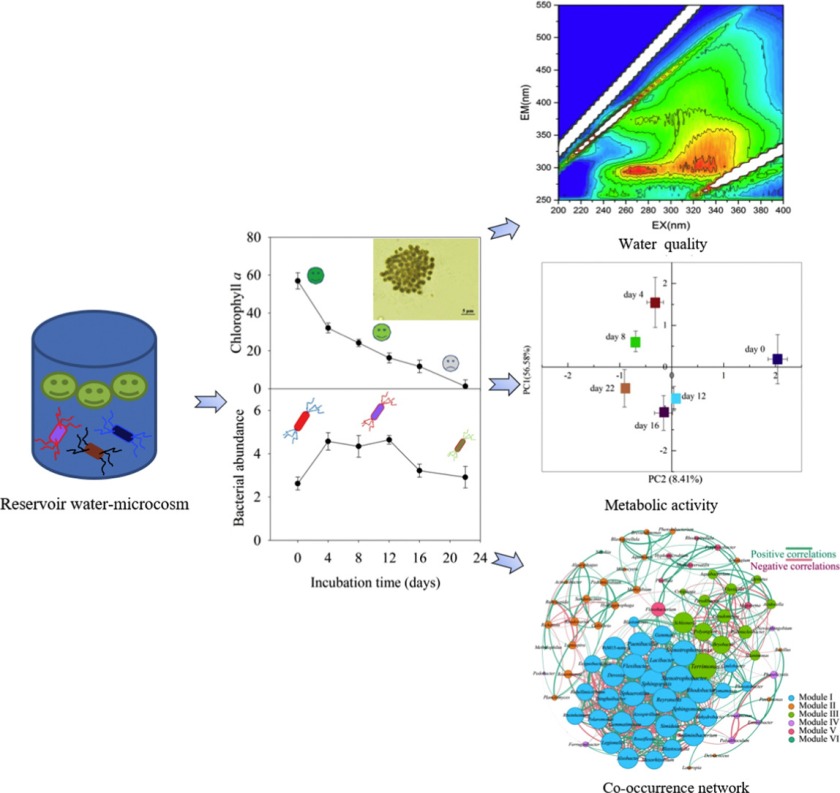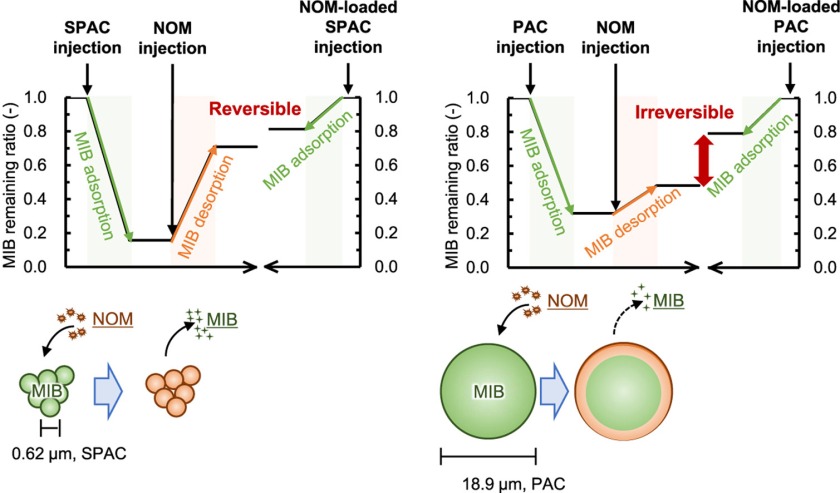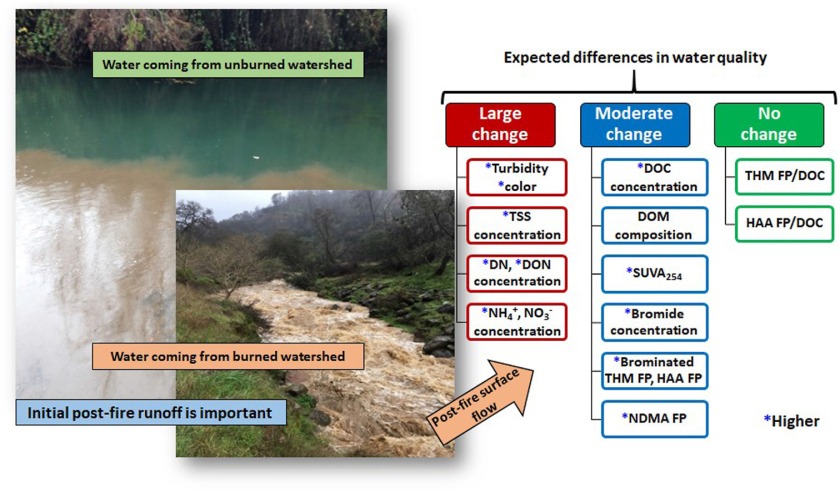
Authors
Amanda D. Neilen, Anthony R. Carroll, Darryl W. Hawker, Katherine R. O’Brien, Michele A. Burford
There is emerging evidence for the phytotoxicity of terrestrial dissolved organic matter (DOM), however its sources, transformations and ecological effects in aquatic ecosystems are poorly understood. DOM characterization by Nuclear Magnetic Resonance (NMR) spectroscopy has typically involved solid-state techniques, but poor resolution has often precluded identification of individual components. This study is the first to directly identify individual phytotoxic components using a novel combined approach of preparative HPLC fractionation of DOM (obtained from leaves of two common riparian trees, Casuarina cunninghamiana and Eucalyptus tereticornis). This was followed by chemical characterization of fractions, using one-dimensional (1D) and two-dimensional (2D) solution-state 1H NMR analyses. Additionally, the phytotoxic effect of the fractions was determined using cultures of the cyanobacteria Raphidiopsis (Cylindrospermopsis) raciborskii. The amino acid, proline, from Casuarina leachate was identified as phytotoxic, while for Eucalyptus leachate, it was gallic acid and polyphenols. These phytotoxicants remained in the leachates when they were incubated in sunlight or the dark conditions over 5 days. Our study identifies phytotoxic compounds with the potential to affect algal species composition, and potentially control nuisance R. raciborskii blooms.

